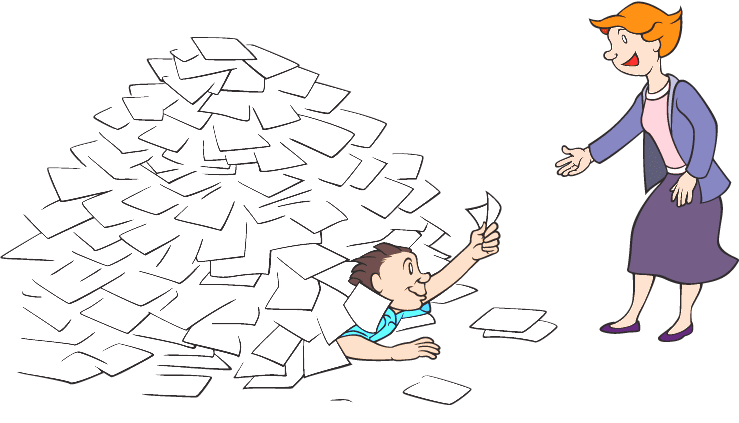I was recently invited to be interviewed on the topic of "visualizing linguistic data". As I understand it, the point was not to describe the standard stuff, like trees, dependency graphs, logical formulae, or waveforms, spectrograms, spectral slices, formant tracks, F0 tracks, and so on. Rather, the idea was to describe less common kinds of visualizations, or at least somewhat novel ways of using the standard visualizations.
I've done a lot of "visualizing linguistic data" over the years. And talking about these explorations strikes me as problematic, partly because the whole point of visualization is to go beyond talk, and partly because I've used lots of kinds of graphs and tables to explore lots of different questions at different levels of analysis, and it's hard to know where to start and where to stop.
So I've started by makiing a linked list of relevant LLOG posts, mostly on the phonetic side of things. There are a lot of them, and I'm sure I've left some out. I doubt that any readers will want to do more than click on a few at random — my goal was mainly to give myself (and maybe the interviewer) some background for a possible discussion.
I've listed the posts in chronological order, rather than by topic. FWIW, here they are:
Read the rest of this entry »

